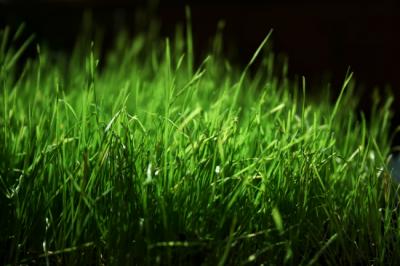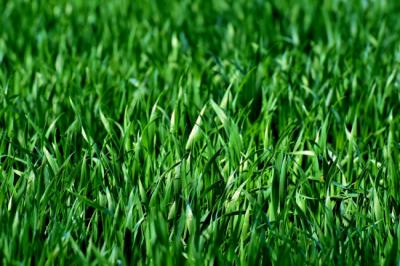A lush and vibrant garden takes hard work and dedication to form. It gives your residential or commercial building a greater aesthetic appeal and, in some cases, also enhances the value of the property itself. But of course, not everyone knows the best time to install sod. It can be tricky, especially if you’re new to gardening. But don’t worry! The experts at Atlanta Sod Farms have compiled this blog to help you combat exactly that question.
Types of Sod
Sod comes in various classes, and each one is suitable for a different season. Some types of sod thrive in warm temperatures, whereas some types can survive winters with ease too. Hence, it’s essential to figure out what type of sod you’re looking for. Ideally, a professional will guide you through this process. But if you’re new to sod installation, it’s best to know all your options beforehand. Here are the types of sods you should know about.
-
Celebration Bermudagrass
-
Palmetto
Significance of Sod Installation On Time
Sod is a mature lawn that has been professionally cultivated and grown and cut into thick rolls with underlying roots and soil. It can form an instant lawn wherever it is installed. However, it can take about two years to mature, and the plants in the roll are established and deeply rooted at the time of laying sod as compared to the seeded plants. Yet care must be taken at the time of installation or plantation, and a professional team like ours should be hired for the purpose. The best time to install sod on your lawn is in the fall or spring when the temperature is just right to ensure the growth of grass. Typically, temperatures between 55 and 75 degrees Fahrenheit are ideal for the sod to take root properly. Hence, if you can avoid installing sod in extremely cold or warm weather, do it.
Essential Steps of Sod Installation
Here’s how you can install sod at the best time of the year in Atlanta.
Site Preparation
You cannot place sod on top of any type of soil and expect it to grow or take roots immediately. The ground where you are about to roll sod must be prepared first. In order to prepare the ground, all rock and debris must be removed from the place, and it should be weeded properly to ensure the absence of any noxious weeds. The soil must be aerated properly, and there shouldn’t be any compacted areas. Make sure the soil is tilled to a depth of 4-6 inches. Level it and ensure all debris is removed. Once it’s set, water it generously after the installation. Remember to fertilize the soil every 6-8 weeks to ensure the nutrients remain intact. Moreover, water drainage should be taken care of. There shouldn’t be any areas in the lawn where water is standing and puddling for longer periods of time. Soil deficiencies must be overcome by adding nitrogen and fertilizers. The pH levels of the soil must be checked and maintained.
Best Time to Lay Sods
Sod can be installed any time during the year, but the best time is early fall or spring when temperatures is too cold to lay sod, but the grass continues to grow. Early summer is also a very good time to get the sod laid. Some people are hesitant to install their sod during winter, but even winter sodding can be a fruitful option if you're careful enough. It may seem dormant in the winter, but the roots have plenty of time to establish themselves over the season. However, watch out for cold or too-hot summers. It’s not good for the soil to be installed during peak weather seasons.
Watering
The area where the sod is installed must be watered properly to encourage root growth, but it must not be soaked. The sod must be watered once in the morning and once in the afternoon following its installation for about two weeks. The watering frequency could be reduced once the roots are established, usually within 12 to 14 days of installation.
Delivery
Sods are breathing living entities, so they must be installed soon after they are delivered. The sod must be installed within a single day, and the best time for delivery is early morning. Ideally, the sod must be laid between 24 to 72 hours when it’s harvested. Fresh sod has moist soil, and it’s soft and humid to the touch. Grass blades are dark green in color and fresh to the touch. If, due to some unforeseen circumstances, you cannot lay the sod immediately, keep them in a shady area and keep sprinkling water on them so they stay fresh and moist.
Conclusion
It’s critical to make sure that you prepare the site well, install sod properly, and are diligent with its upkeep. Of course, the season you plant your sod in matters a great deal, but what matters just as much is the time you invest in ensuring it thrives. Water it generously after the first few weeks of installation, and be attentive to all mowing needs. It can be a daunting task, and we get it. That’s why you can always contact professionals like Atlanta Sod Farms to receive the best advise on the correct procedures.






